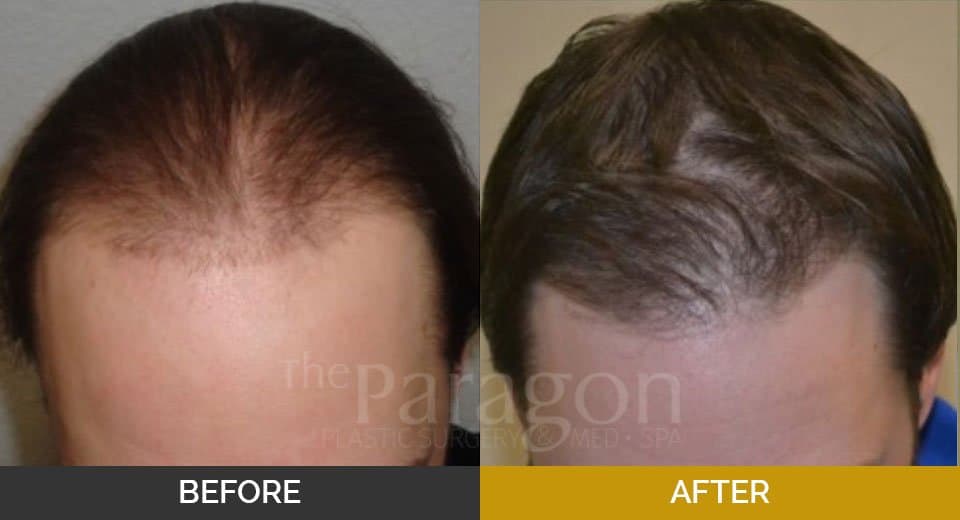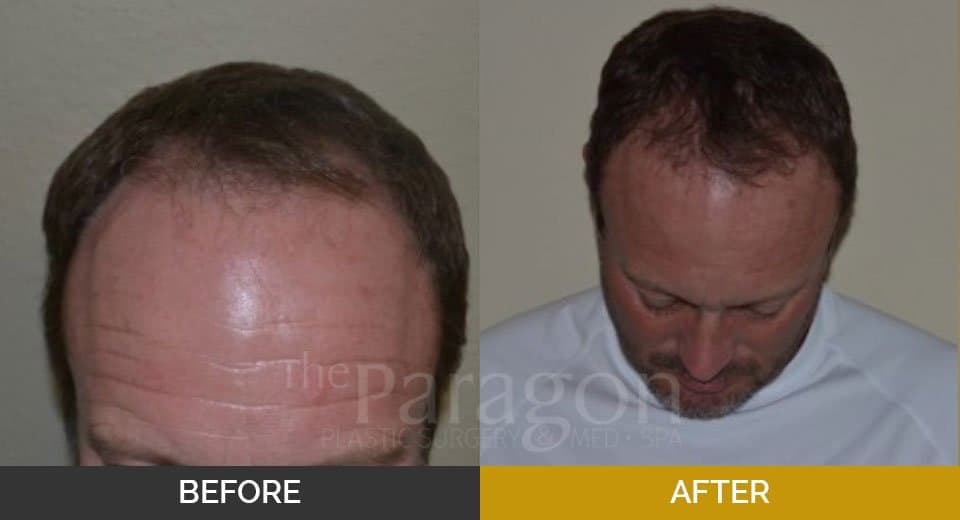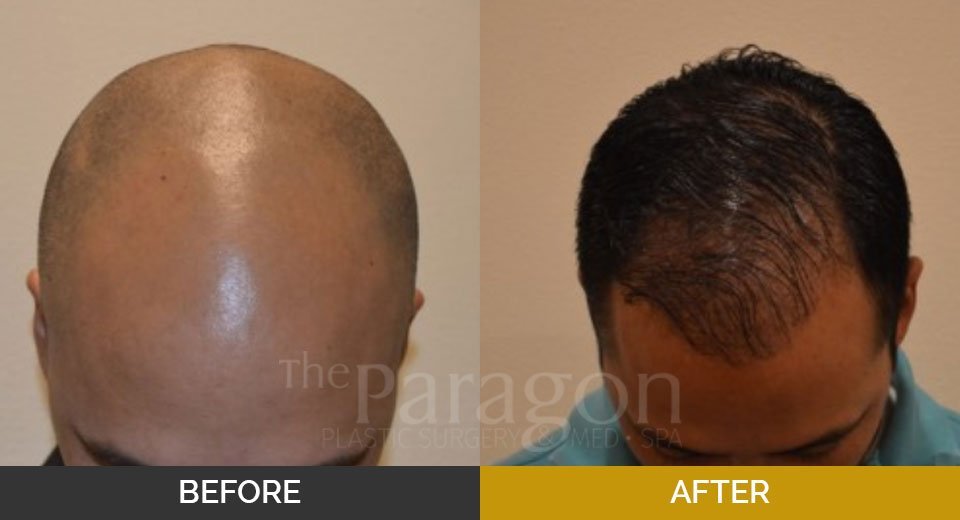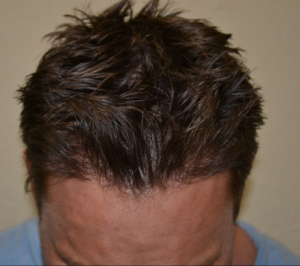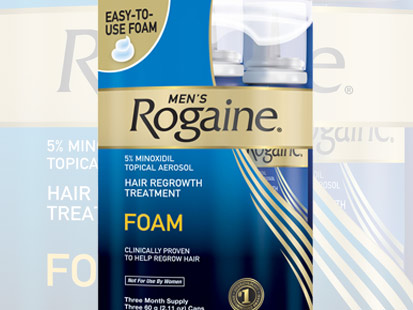Background
Follicular unit transplantation is the standard surgical technique to treat male- and female-pattern hair loss. Follicular unit transplantation is also used to correct unnatural-appearing plug-like transplants, repair eyebrows, and redistribute hair in persons with inactive scarring alopecias.
The ARTAS System

For the very latest technology in hair restoration, Dr. Mark Bishara is now using the FDA approved ARTAS System. This interactive, computer assisted equipment employs image guidance to enhance the quality of hair follicle harvesting. ARTAS is the first hair transplant robot to improve the most challenging aspects of Follicular Unit Extraction (FUE).
Frequency
Male-pattern hair loss affects approximately 50% of all men, and female-pattern hair loss affects approximately 30-40% of all women. The rate of loss and extent of loss vary from patient to patient.
Follicular Unit Transplants (FUT) is designed to produce effective results with minimal downtime and no damage to surrounding hair follicles. Dr. Bishara is highly experienced in performing all of these procedures, and will help you determine which one is right for you in order to achieve the best possible results. Please call our office to schedule a consultation appointment with Dr. Bishara at (817) 473-2120 or visit our website to learn more at www.MarkBisharaMD.com.




